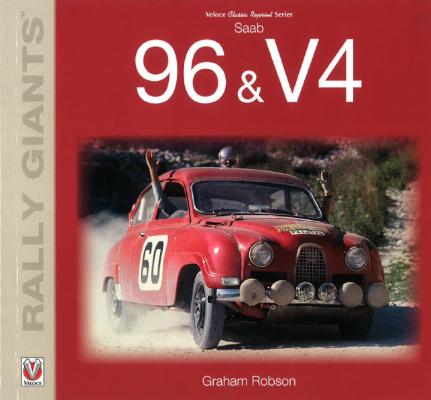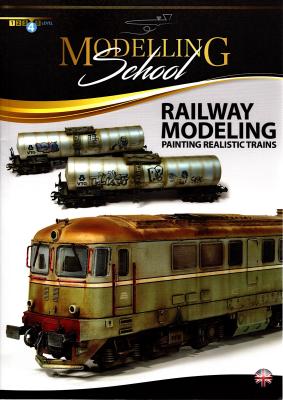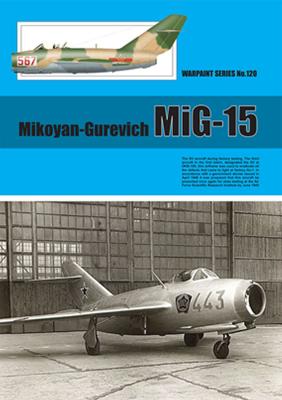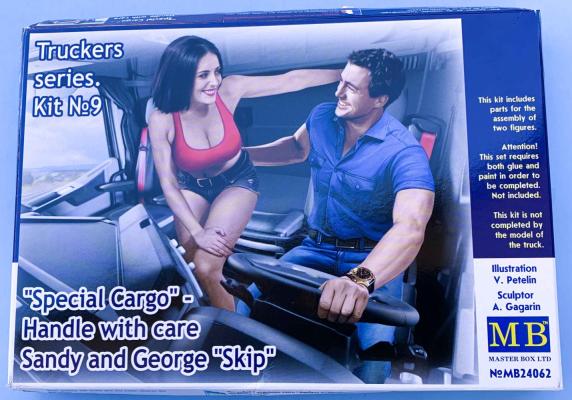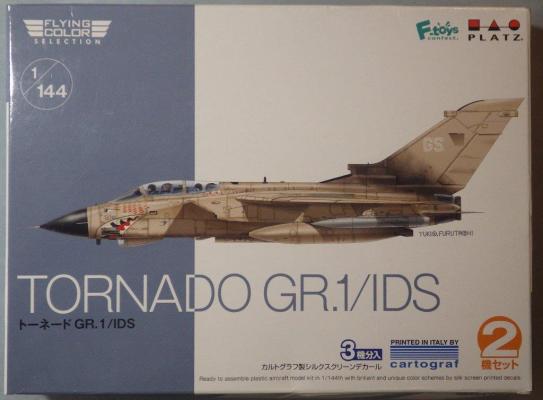This is a reprint of the original edition first published in 2010, and now is available in Veloce's Classic Reprint Series. The author's biography is available on the Veloce website above and is as follows:
Welcome to the IPMS/USA Reviews site!
Introduction: The primary organization of the IPMS/USA Review website is by IPMS/USA National Contest Class. Within each Class there are sub-menus by kits, decals, books, etc. The Miscellaneous Class is for items that are not class specific or that cross two or more classes.
IPMS/USA Members: We encourage you to submit reviews, both here and to the Journal. To volunteer for membership in the IPMS/USA "Reviewers Corps" and submit your own reviews, please read the Guidelines For Submitting Product Reviews.
Manufacturers, publishers, and other industry members: IPMS/USA is pleased to offer your company the opportunity for product reviews. All product reviews are performed by IPMS/USA members, and are posted in the publicly-accessible section of our website. With very few exceptions, we perform full build reviews of new kit releases, aftermarket products, and supplies. If you would care to provide product samples for review, please contact John Noack, IPMS/USA 1st VP.
To learn more about IPMS/USA, please see our About Us page.
This book illustrates how to liven pre-painted toy-like train kits by painting and adding weathering such as dust, dirt, grime, and other dirt effects. The book also shows how to create worn effects like rust, chipping, worn wood, spilled fuel, and burn damage. Various modeling techniques are illustrated with step-by-step photos of paints and other products to apply weathering and wear effects to train cars.
Example work of five different modelers are included:
- Ovidiu Cupse
- Graziano Ghetti
- Federico Emanuel Martinez
- Déak Róbert
- Mig Jiménez
The book has 14 chapters 8 to 14 pages long, each illustrating a different train car or diorama setting and how various weathering effects are achieved:
I have long been a fan of the Warpaint Series books from Guideline Publications and have several in my collection. They are excellent references for the aircraft they cover. Typically, they follow a standard format of history and development, service and deployment histories, and finally, technical information and detail photos. This particular volume, however, is slightly different from the others I’ve read since it is translated from Russian sources. Consequently, some of the sentence structure is stilted and you will have to take your time and read these passages carefully to absorb the content.
In the opening pages, the author discusses in detail why the designers chose the swept wing for the Mig-15 - speed. Then the narrative follows themes shown in the “sections” listed below.
Master Box Ltd, out of the Ukraine, has been a leader in 1/35 figures for a while. They expanded into 1/24 female and fantasy figures in 2016, starting with their first series of six female figures representing the World War II era. This current series, Truckers, is ideal for modern Class-8 truck vignettes and dioramas. Sandy and George “Skip” is the ninth release in this series with more on their way.
The Panavia Tornado is a family of twin-engine, variable-sweep wing multirole combat aircraft, jointly developed and manufactured by Italy, the United Kingdom, and West Germany.
There are three primary Tornado variants: the Tornado IDS fighter-bomber, the Tornado ECR (electronic combat/reconnaissance) and the Tornado ADV (air defense variant) interceptor aircraft. First flying in 1974, the aircraft was introduced into service in 1979–1980. Due to its multi-role design, it replaced several different fleets of aircraft in the adopting air forces of the three original partner nations. The Royal Saudi Air Force (RSAF) became the only export operator of the Tornado following a somewhat controversial trade deal.











